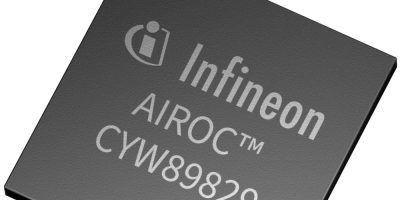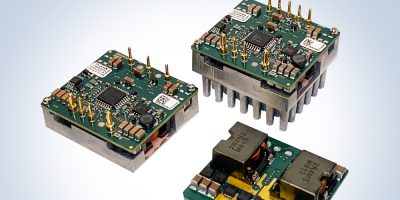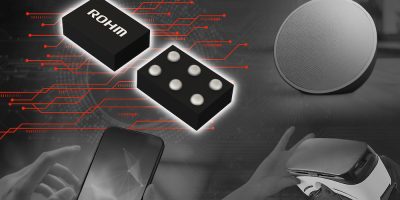Infineon has announced the expansion of its Bluetooth portfolio by eight new products in the AIROC CYW20829 Bluetooth Low Energy 5.4 microcontroller (MCU) family, featuring Systems-on-Chip (SoCs) and modules optimised for industrial, consumer, and automotive use cases. The high integration of the CYW20829 product family allows designers to reduce bill-of-material (BOM) cost and device footprint in a wide variety of applications, including PC accessories, low-energy audio, wearables, solar micro inverters, asset trackers, health and lifestyle, home automation and others. Product designers also benefit from Infineon’s development infrastructure and commitment to robust security, with support for secure boot and execution environments and cryptography acceleration to safeguard sensitive data.
The latest automotive part in the product family, the AIROC CYW89829 Bluetooth Low-Energy MCU, is ideal for car access and wireless battery management systems (wBMS) applications, due to its robust RF performance, long range and latest Bluetooth 5.4 features including PAwR (Periodic Advertising with Responses). The dual ARM Cortex core design of the chip family features separate application and Bluetooth Low Energy subsystems that deliver full featured support for Bluetooth 5.4, low-power, 10 dBm output power without a PA, integrated flash, CAN FD, crypto accelerators, high security including Root of Trust (RoT), and is PSA level 1 ready.







